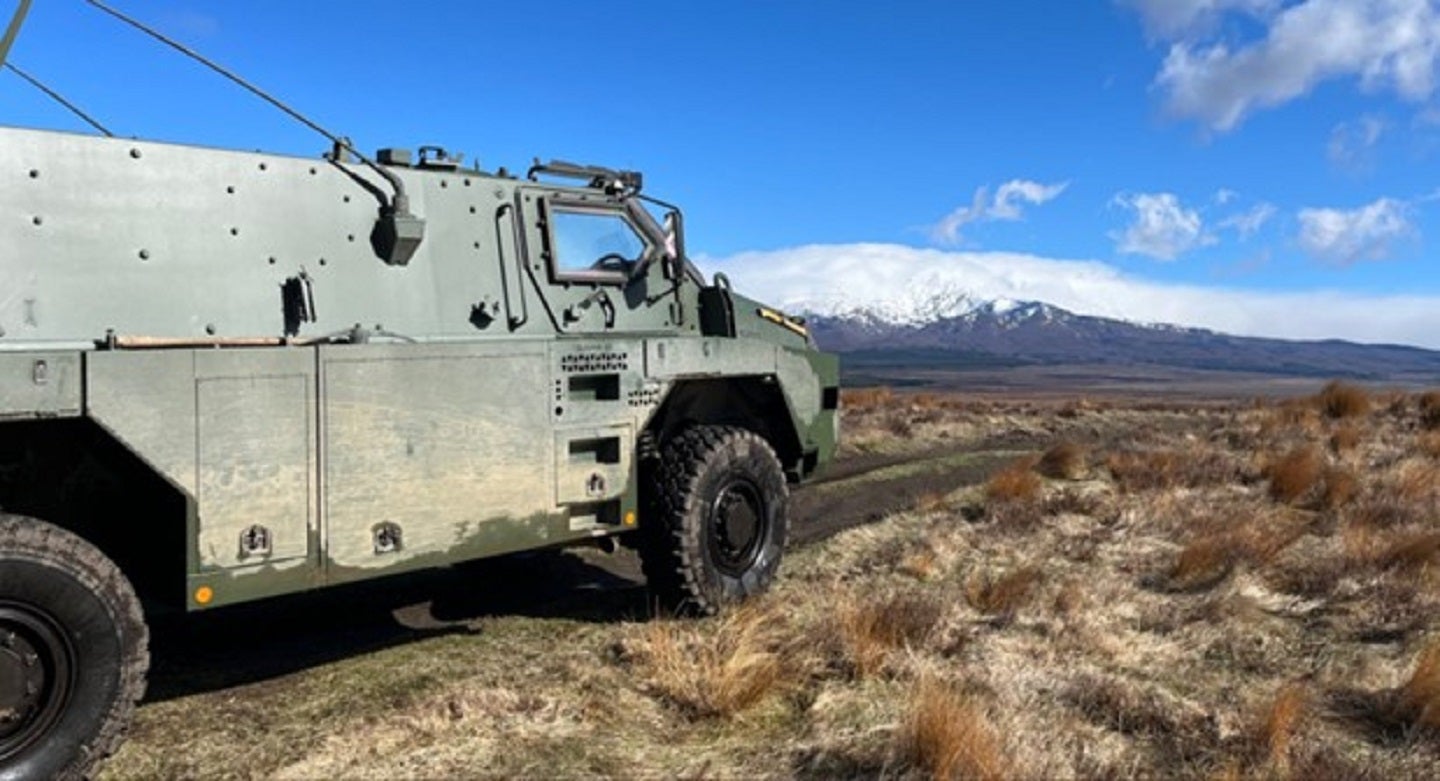
New Zealand’s (NZ) Ministry of Defence (MoD) has requested proposals for the design, construction and installation of communications and digital systems that will connect the force’s 43-strong Bushmaster infantry vehicle fleet.
“The new… systems will ensure NZ Army personnel can work anytime and anywhere, on domestic exercises as well as on multinational deployments with international partners,” stated Huntley Wright, Assistant Secretary for Capability Delivery at the MoD.
Currently, some NZ Bushmasters uses radios to communicate, these are in use at the Waiouru Military Camp for driver and commander training.
However, Wright specifies additional technologies within these advanced systems, including “real-time digital maps, secure radios and instant messaging.
“They will advance a soldier’s situational awareness, support their decision making, enable information collection and improve secure communication between people and other vehicles.”
The MoD is taking a phased approach to integrate the fleet by 2026.
Balancing cost and capability in NZ’s digital and communications system
GlobalData says that official documents have forecast budget estimates until 2025. An exponential decline can be observed in these estimates, with a negative compound annual growth rate of 4.8% in 2027.
After the Covid-19 pandemic, NZ’s budget fell from $4.3bn (NZ$7.2bn) in 2019 to $2.5bn in 2020, but GlobalData estimates that this will rebound to $3bn in 2027.
NZ’s defence budget reveals its task of balancing cost with capability – which includes being able to integrate with fleets in partner nations.
The country’s main focus is on patrolling its coastlines and keeping its sea lanes open. This has proven more difficult in its region, where China’s growing military posture threatens what many observers of the current geopolitical environment have dubbed a “free and open Indo-Pacific.”
In fact, NZ’s call for a new Bushmaster digital and communications system comes just after the MoD awarded the UK supplier, Systems Engineering and Assessments (SEA) company, a $32.9m contract to install a modern communications system onboard the South Pacific nation’s two Anzac class frigates.
The two vessels are currently undergoing the second of two phases to install SEA’s system, which will be operational in 2024.
Given that the British system is a modular one and reduces through-life costs – which is a big deal considering the country’s rebounding budget – SEA may be in the running to apply its expertise to NZ’s land vehicles too.




